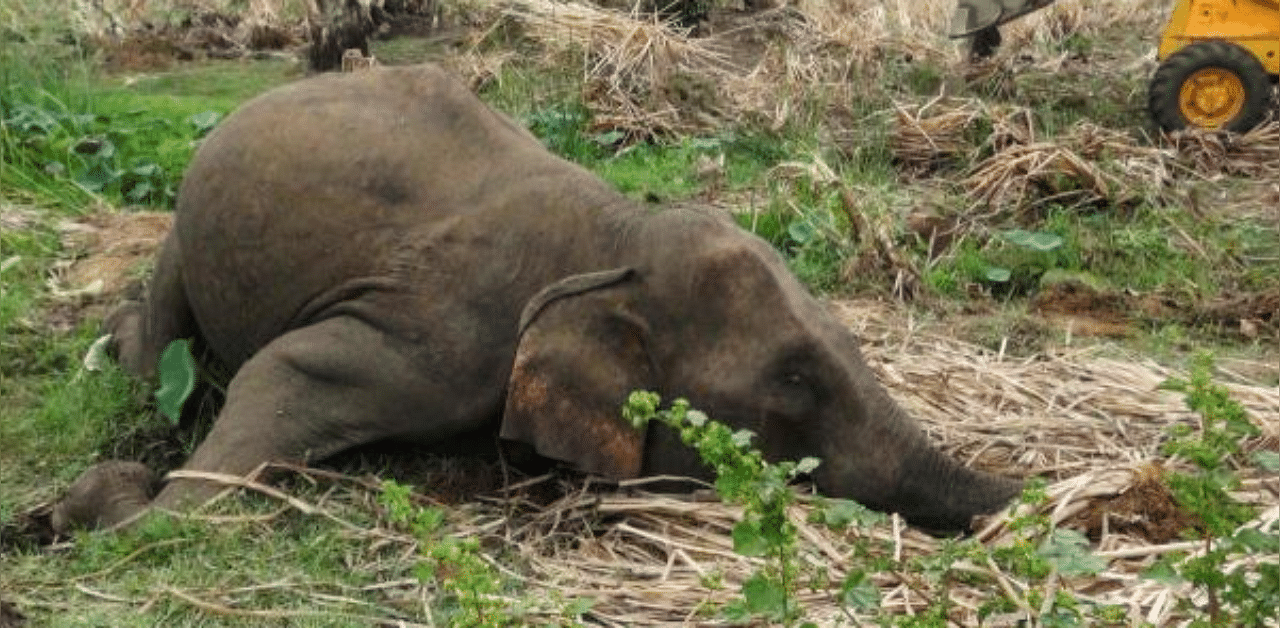
Sri Lanka has recorded the highest number of elephant deaths in the world due to the human-elephant conflict, according to a media report.
The island-nation's Committee on Public Accounts (COPA) had ordered a special audit into the human-elephant conflict by renowned elephant expert Dr Prithviraj Fernando, the head of the Centre for Conservation and Research.
In a meeting of the COPA held recently, it was also disclosed that Sri Lanka ranked number two globally after India where highest number of human deaths were reported due to the human-elephant conflict, according to Daily News.
COPE Committee Chairman Tissa Vitarana said that in the past 12 months, the number of elephants killed in conflict with humans in Sri Lanka was 407 as against the previous annual average of 272. The number of people killed also increased from an average of 85 humans to 122 per year in the country.
COPE Committee Chairman Vitarana and other members emphasised the need for the Wildlife Department and other relevant agencies to work together on a more efficient programme to resolve the human-elephant conflict in Sri Lanka, which has become a serious problem.
He also said that despite 60 years of efforts to resolve the human-elephant conflict, no significant progress had been made and that a new approach was needed to find a solution.
The COPA directed the Department of Wildlife Conservation to set up a National Coordinating Committee with all relevant institutions as soon as possible to reduce the human-elephant conflict.
The Committee pointed out that although 4,211 km of elephant fences had been constructed by 2016 to control the human-elephant conflict, they had become inactive in a short period of time due to improper maintenance.
Although Rs 86 million rupees is spent annually for the maintenance of the electric fences, the committee pointed out the need for the Wildlife Conservation Department to monitor whether this maintenance is being carried out on a daily basis, the daily said.
The committee also pointed out that this maintenance should be done with the support of the people.
The Committee also discussed that many constructions had to be halted due to protests by the people in some areas who thought that the construction of the fence was a boundary of their land.